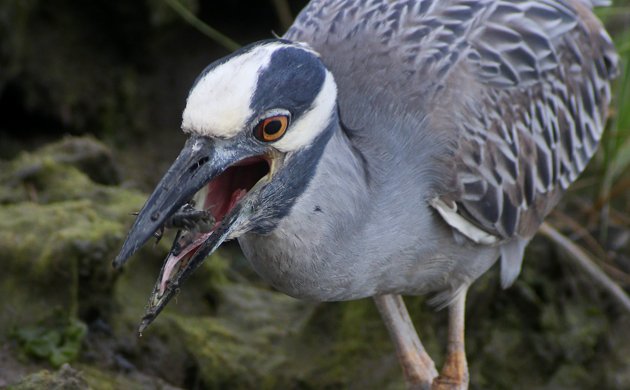
The Marine Nature Study Area in Oceanside is one of the premiere places in New York to get great looks at a variety of saltmarsh species without having to slog through a saltmarsh. The boardwalks through the marsh are well-constructed and offer an intimate view of the specialized creatures that call the challenging intertidal environment home. I was there for awhile on Friday afternoon and, as usual, enjoyed my time there, mostly because of a single amazingly cooperative Yellow-crowned Night-Heron that was so intent on hunting fiddler crabs that it essentially ignored both me and my digiscoping rig, at times only five meters from where the bird foraged. Of course, getting great looks at birds at the Marine Nature Study Area is nothing new to readers of this blog, as these young sparrows and this Great Egret can attest to. That said, this Yellow-crowned Night-Heron took things to another level.
Yeah, I liked this bird. (Click for a bigger view, as you can do with all the shots on this post.)
It was fascinating watching the bird slowly and carefully make its way along the edge of a tidal pool, orange eyes alert for the tiniest movement or the slightly anomaly in the mud. For example, if it weren’t for the arrow below would you have any idea that a crab was hiding there? Yeah, me neither. I only figured out exactly where the crab was by watching the heron grab it, which it did after swaying slightly in order to ensure that it had the proper depth perception to hit its target. In the second shot you can see the disturbed ground from which the crab, now in the heron’s beak, was snatched.
The heron had two different ways of dealing with the crabs that it caught. The females, which lack the single large claw, were crushed in the bill and swallowed. The males, which have a single monster claw, were processed a bit more with the large claw removed before the crab was swallowed. Below is a series of three images showing the process.
First, the crab is captured.
The heron positions the crab in the bill until it gets to a point where chomping can begin.
Once the claw has been removed the crab is tossed back into the throat and swallowed.
It was an exciting experience to see this heron going about its business from close range, close enough that I could hear the crabs being crushed. The Marine Nature Study Area is well worth a visit and I highly recommend that birders coming to the New York City area stop by. Just check and make sure you are there when it is open as they are closed on Mondays and non-summer Sundays.
…
If you liked this post and want to see more great images of birds why not explore our page of photo galleries, 10,000 Clicks?
…

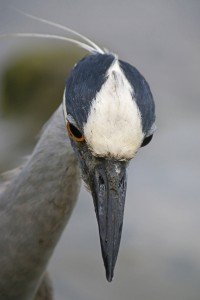
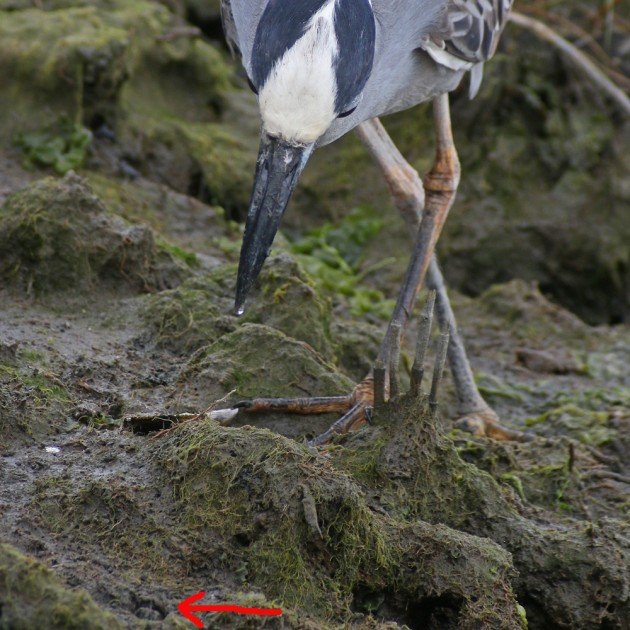
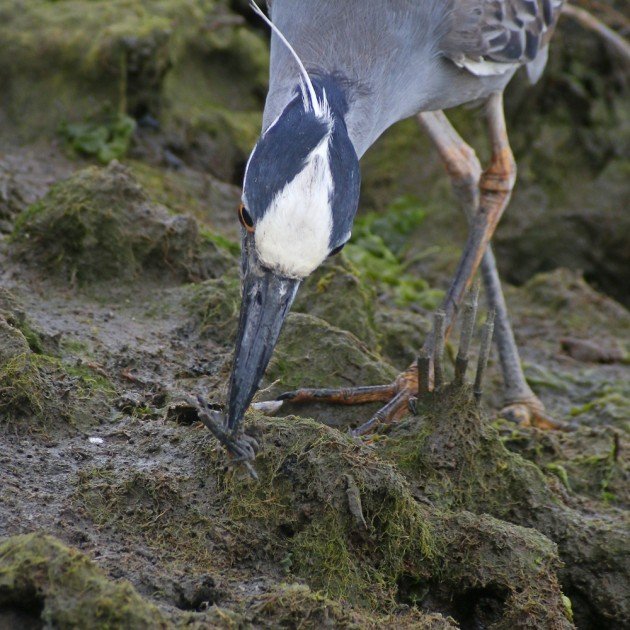
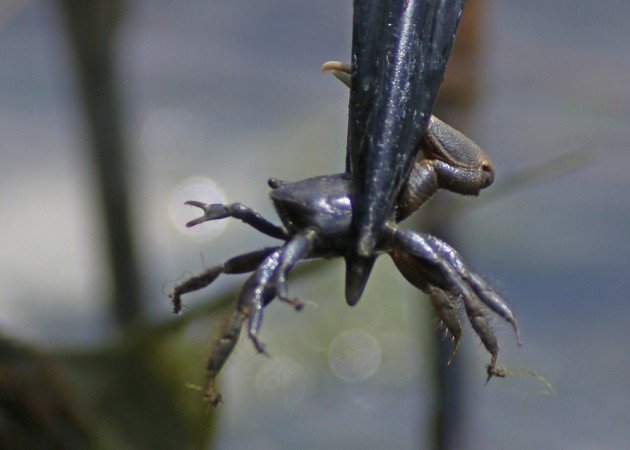
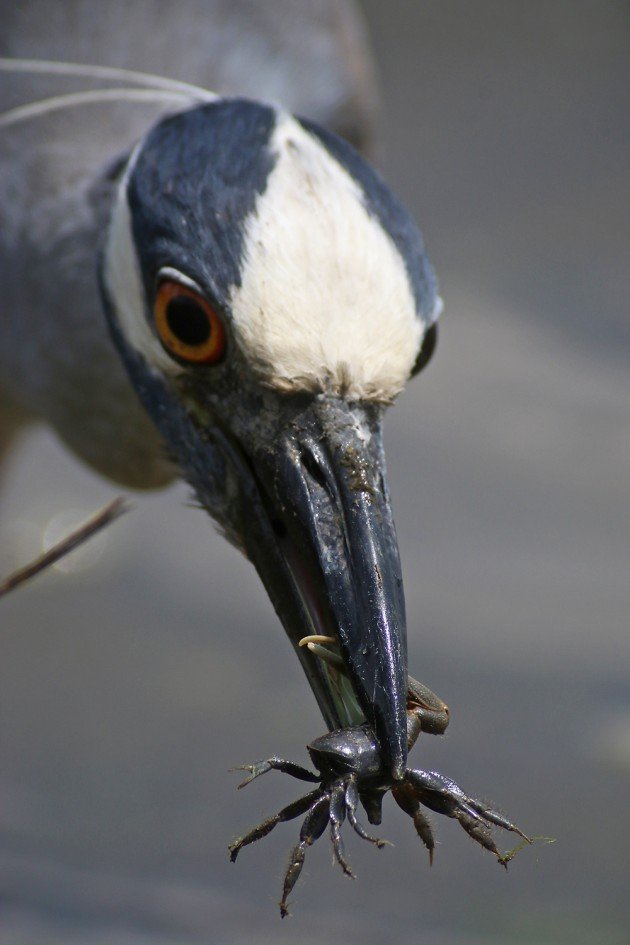
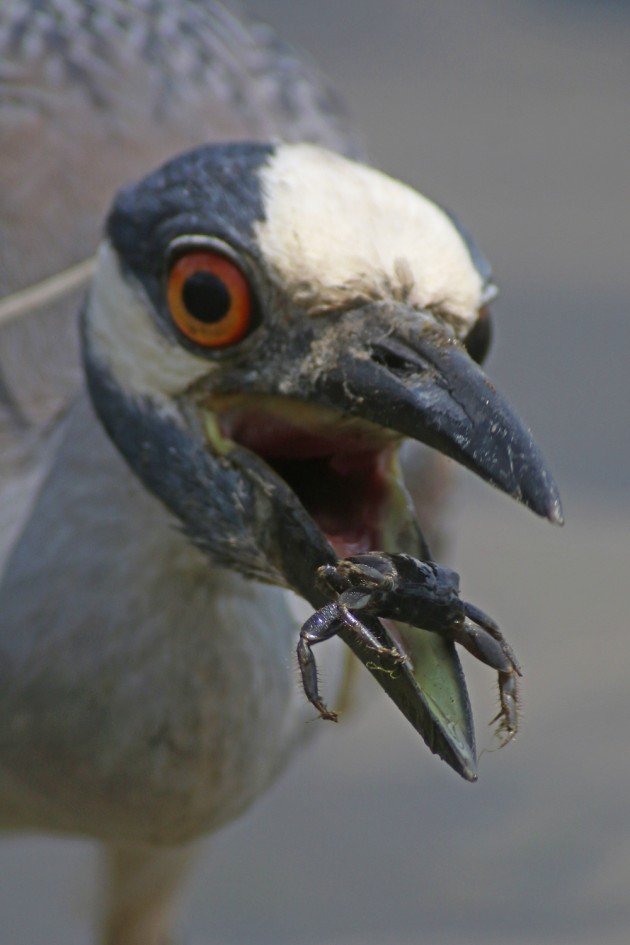
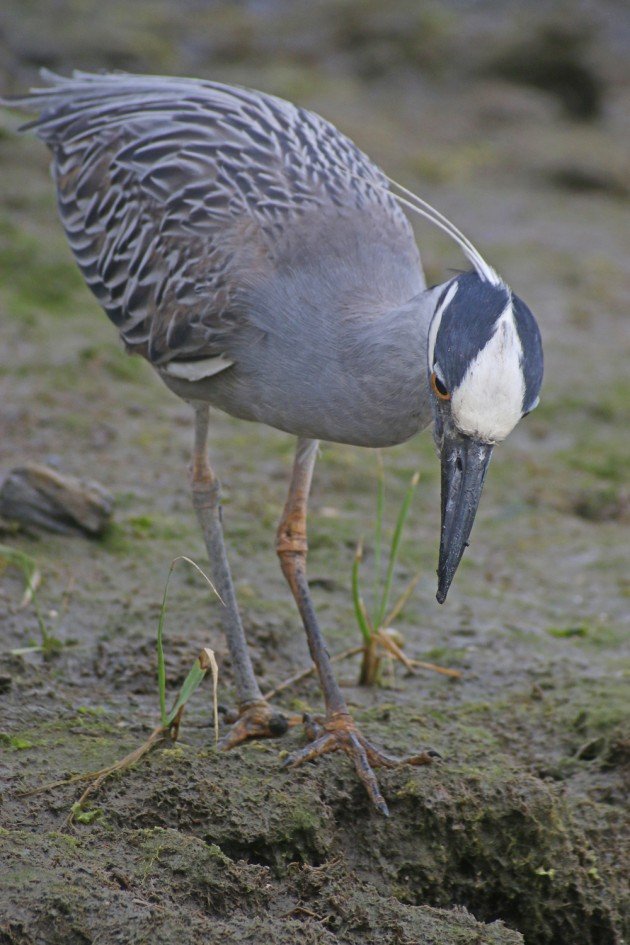










That. Is. Insane!
I know! So, when are you coming to New York?